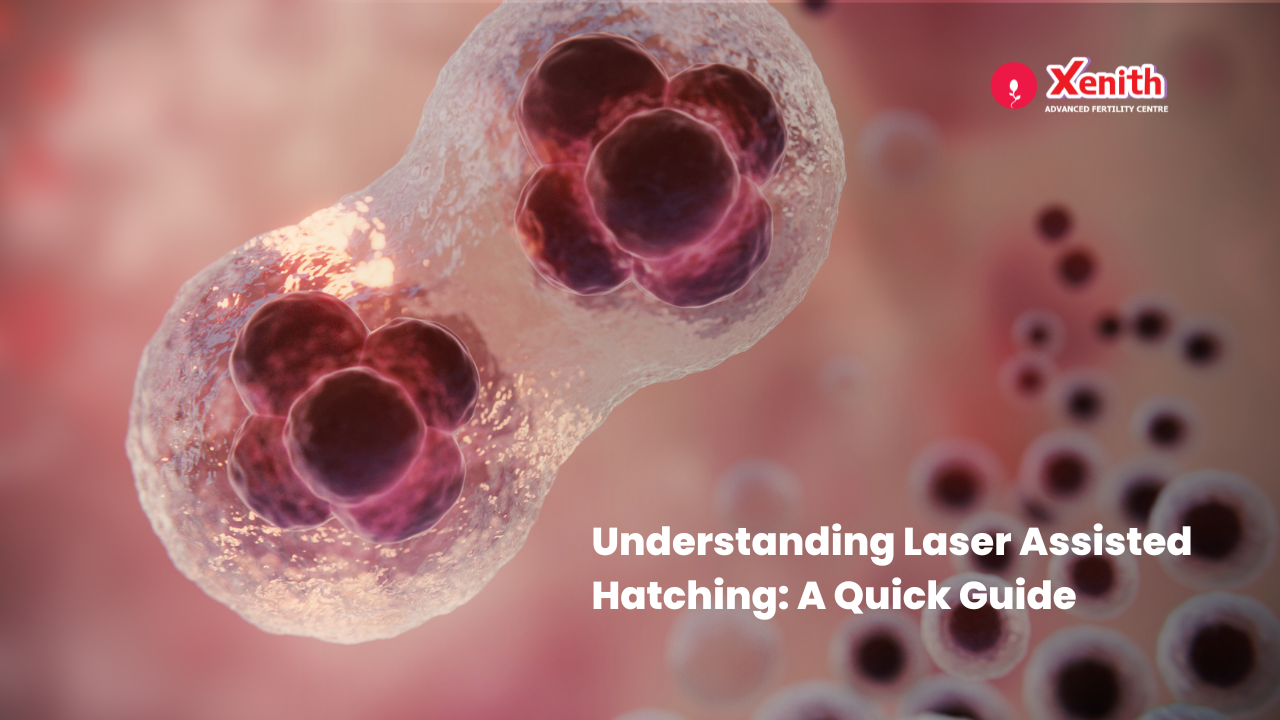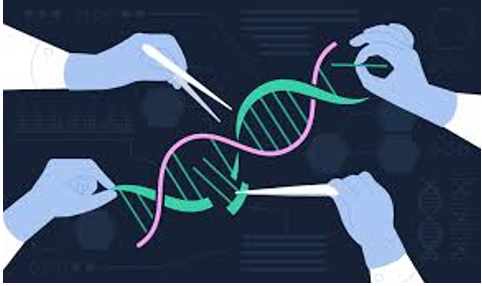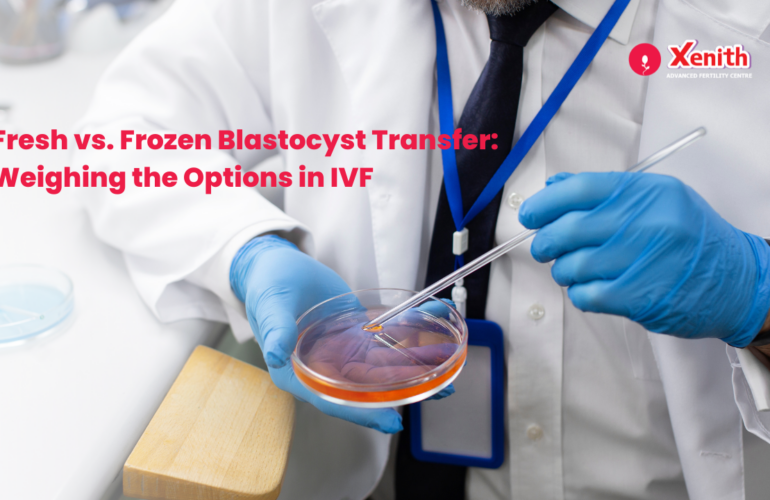Laser Assisted Hatching (LAH) is a technique that is designed to help people who are having issues with infertility and which could improve the efficiency of procedures like In vitro fertilization. In assisted hatching, the embryologist makes a small hole or a tear in the outer shell of the embryo to aid in its implantation in the uterine lining and laser assisted hatching uses a laser to perform this procedure.
How does hatching occur naturally?
The process of In Vitro fertilization involves retrieving several mature eggs from the woman’s ovaries and fertilizing it with sperm in a laboratory setting and then transferring it back into the woman’s uterus for implantation into the uterine lining which could then lead to a successful pregnancy.
In order for fertilization to be successful, the female egg or oocyte has to be penetrated and fertilized by the male sperm. The oocyte has an outer protein shell surrounding it called the zona pellucida which serves several purposes. When the egg first encounters the sperm, the zona pellucida fuses with the sperm, and a single sperm will penetrate the shell and fertilize the egg inside forming a zygote. Once this happens, the zona pellucida hardens so that no more sperm cells can enter the fertilized egg. This fertilization normally happens in the fallopian tube where the egg is released from the ovary and the dividing zygote then travels down the fallopian tube to the uterus where it could implant in the uterus lining successfully starting the pregnancy. The zona pellucida also prevents the zygote from implanting in the fallopian tƒube which would be dangerous leading to an ectopic pregnancy. As the cells inside the zygote begin dividing following fertilization, the zona pellucida keeps them all together and the zygote begins moving down the fallopian tube towards the uterus for implantation. But as it grows and expands, the zona pellucida also begins to thin out and around day 4, it cracks open, and the growing embryo inside comes out of the zona pellucida which is considered the hatching process and implants into the endometrium or the uterine lining. So, it needs to hatch in order to implant in the lining.
What is the process for hatching externally?
The hatching process could be done in various ways some of which involve mechanical hatching where a micro needle is used to puncture the zona pellucida and gently rubbed until a small tear appears or via chemical hatching where a solution is applied to the zona pellucida to crack it slightly, or pressure is applied under the outer shell to expand it or via drilling where vibrations are used to make an opening in the shell. These methods are no longer used.
What is laser assisted hatching?
Laser assisted hatching is another process for hatching where a specific type of laser is used to make a tiny hole in the zona pellucida through which the embryo can come out and implant into the uterine lining. The LAH procedure takes only a few seconds. This is done just before the embryo is transferred back into the woman’s uterus.
Advantages of LAH
LAH is faster compared with the other methods which means that the embryo needs to be taken out of the incubator for a shorter period of time and thus minimize the pH and temperature fluctuations. The LAH can control the size of the holes with high precision and is safest and most effective without damaging the embryo. LAH is also more easier to carry out and done in a sterile environment with minimal handling, decreasing the risk for infection and damage. An experienced embryologist is needed to carry out the process accurately and deciding the area where the laser is to be focused. The experienced embryologists at Xenith are adept at performing the most advanced techniques in IVF that are available globally as of today.
Assisted hatching is also necessary for people who would like to do a preimplantation genetic diagnosis of the embryo to check for any genetic abnormalities before implantation because getting a biopsy sample would be easier.
Reasons to use assisted hatching
Assisted hatching could help people who have had two or more failed IVF cycles, who are more than 38 years old, who have poor quality embryos, or embryos which have a thicker shell. (1) Some of the lab procedures involved in IVF might harden the shell even more and due to freezing and thawing of the embryos, the outer shell could also become more hardened.
There is a slight increased risk for the occurrence of identical twins in embryos that have undergone assisted hatching. Very rarely, an embryo can be damaged from the assisted hatching process and pregnancy will not occur.
Assisted hatching has been found to improve conception rates in individualized cases although more research needs to be done to learn more about the effects of this procedure. If you have questions about this procedure and want to have a child, come talk to the experts at Xenith Advanced Fertility Centre.



